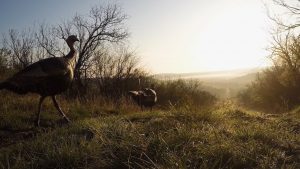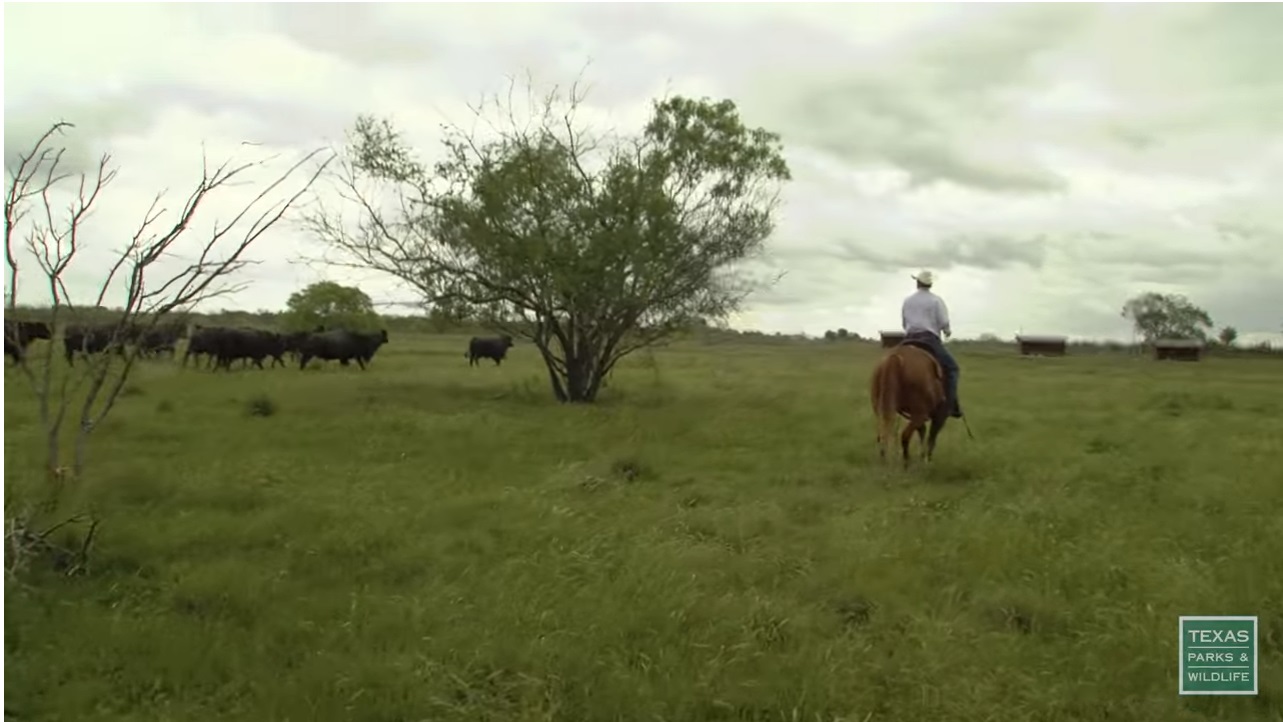TPW TV–Trail Ranch
Tuesday, January 8th, 2019This is Passport to Texas
Justin and Tamara Trail live in Albany, which is about a 10 minute drive from their 19-hundred acre ranch in Shackelford County.
Tamara and I always dreamed of having our own place to enjoy and manage and steward and then when you layer on top of that inviting people out to enjoy that, I can’t imagine anything better.
They acquired the ranch in 2009. Since then, they’ve disked, burned and sprayed their property to fight invasive mesquite, prickly pear and winter grass.
And in response, we get all these warm season forb plants.
Cattle have a role to play, too.
Over the last three or four years, we’ve re-introduced cattle back in just to try to change the grass composition from cool season winter grasses to more of the warm season plants that we’re looking for.
As 2018 Lone Star Land Steward Award Winners for the Rolling Plains ecosystem, the Trails are innovators. TPW biologist Jesse Oetgen [O-ta-gin (long O, hard G)] cites their use of a roller chopper as proof.
In a single pass he can use the dozer blade to push brush out of the way, the roller chopper to chop that prickly pear and immediately followed with herbicide application. That roller chopper – spray combination as an implement is something that nobody else around here has done and it’s really caught on in the last couple of years.
See their story the week of January 13 on the Texas Parks and Wildlife TV series on PBS.
The Wildlife Restoration Program supports our series.
For Texas Parks and Wildlife…I’m Cecilia Nasti.




 Passport to Texas is a
Passport to Texas is a  Passport to Texas is made available by:
Passport to Texas is made available by: